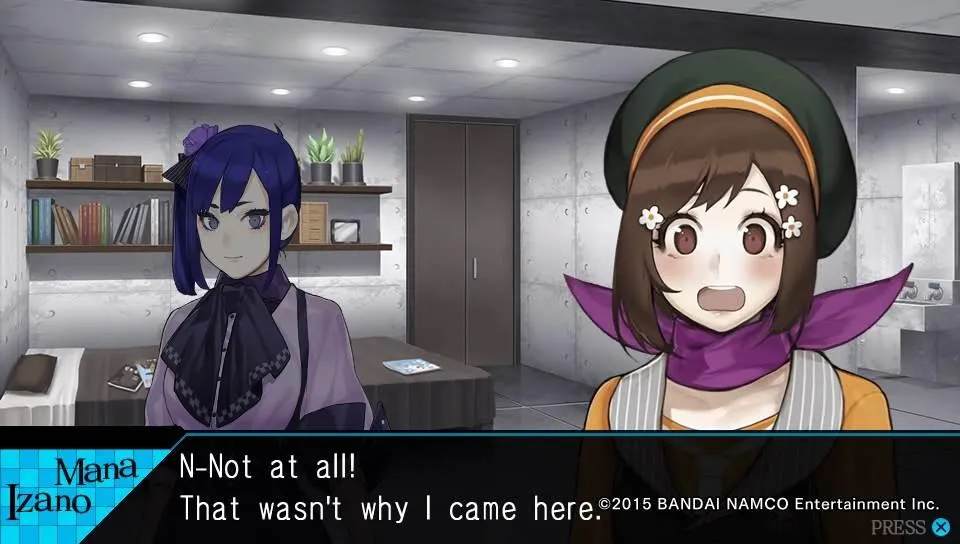
Ray Gigant: A Dungeon Crawler with Potential, but Falls Short
Contents
Imagine a world where colossal creatures, reminiscent of ancient legends, suddenly appear and wreak havoc upon Earth. This is the premise of Ray Gigant, a dungeon crawler developed by Experience Inc., where players follow the journey of Ichiya Amakaze, a survivor of this devastating attack. Taken to a mysterious academy, Ichiya, wielding a unique weapon called “Yorigami,” joins other chosen individuals to combat these monstrous “Gigants.” This game promises a blend of dungeon crawling and visual novel elements, but does it live up to its potential?
 alt: Ichiya Amakaze, the protagonist of Ray Gigant, preparing for battle.
alt: Ichiya Amakaze, the protagonist of Ray Gigant, preparing for battle.
Ray Gigant introduces players to its core mechanics with a streamlined approach. A few short dialogues and a quick battle are all it takes to grasp the fundamentals. At its core, Ray Gigant is a classic dungeon crawler, featuring turn-based combat with a unique twist. Instead of relying on experience points (EXP), characters utilize Action Points (AP) to perform actions like attacking, defending, and healing. This system encourages strategic AP allocation among party members. While the game lacks a traditional leveling system, players can enhance skills and weapons using special gems found within the dungeons. Six different gem types, each with unique functionalities, add a layer of customization to the gameplay.
Accessible Gameplay, But Lacks Depth
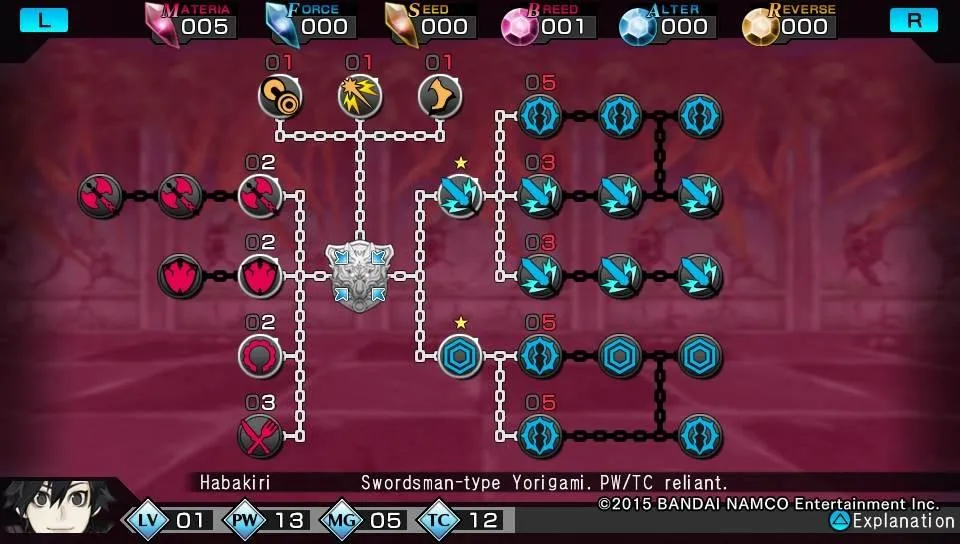 alt: Screenshot of Ray Gigant's turn-based combat system using Action Points (AP).
alt: Screenshot of Ray Gigant's turn-based combat system using Action Points (AP).
One of Ray Gigant‘s strengths lies in its simplicity, making it accessible to newcomers of the dungeon crawler genre. However, this simplicity also contributes to its shortcomings. Unlike other RPGs, player choices are limited due to the game’s linear progression. Characters are pre-determined, and the dungeons don’t present significant challenges. This lack of complexity can leave players yearning for more strategic depth and engaging puzzles. The integration of visual novel elements further complicates the experience. While the narrative attempts to weave a compelling story, it falls short of delivering the intricate branching storylines and character development typically found in dedicated visual novels.
A Blend That Doesn’t Quite Gel
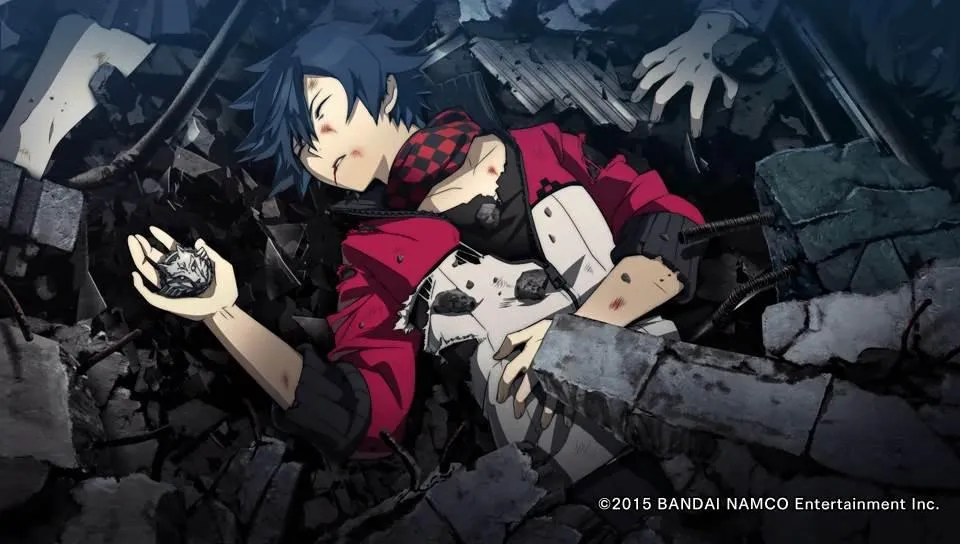 alt: Image depicting the Gigants, monstrous creatures that attack Earth in Ray Gigant.
alt: Image depicting the Gigants, monstrous creatures that attack Earth in Ray Gigant.
Ray Gigant strives for simplicity, which can be both a boon and a bane. While it eases players into the dungeon-crawling experience, it also deprives them of the strategic depth and challenging gameplay that seasoned fans of the genre often crave. The limited choices, pre-selected characters, and relatively straightforward dungeons may leave players feeling underwhelmed. The fusion of visual novel elements with dungeon crawling results in a somewhat disjointed experience. The narrative, while present, lacks the depth and complexity of a true visual novel, while the gameplay doesn’t offer the intricate challenges expected from a dedicated dungeon crawler.
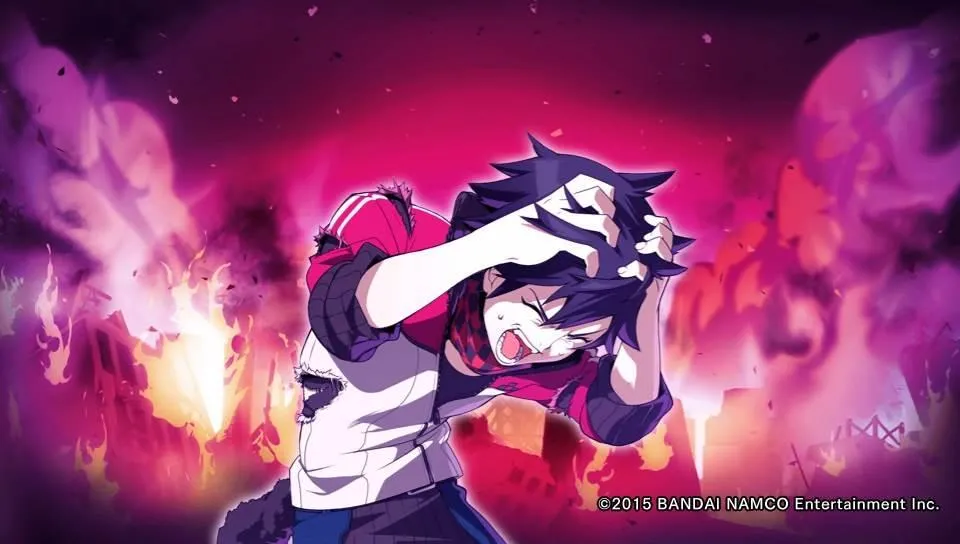 alt: Screenshot showcasing the visual novel aspects of Ray Gigant, including dialogue and character portraits.
alt: Screenshot showcasing the visual novel aspects of Ray Gigant, including dialogue and character portraits.
Conclusion: A Missed Opportunity
Ray Gigant presents an intriguing premise and offers an accessible entry point into the dungeon crawler genre. However, its simplified gameplay, linear progression, and underdeveloped narrative ultimately hinder its potential. The attempt to blend visual novel elements with dungeon crawling doesn’t fully realize the strengths of either genre, resulting in a somewhat underwhelming experience. While Ray Gigant may appeal to players seeking a more casual approach to dungeon crawling, those looking for a deep, challenging, and narratively rich experience might find it lacking. The game’s core mechanics and unique AP system show promise, but the overall execution leaves much to be desired. Perhaps with further refinement and a stronger focus on either the dungeon crawling or visual novel aspects, Ray Gigant could truly shine.
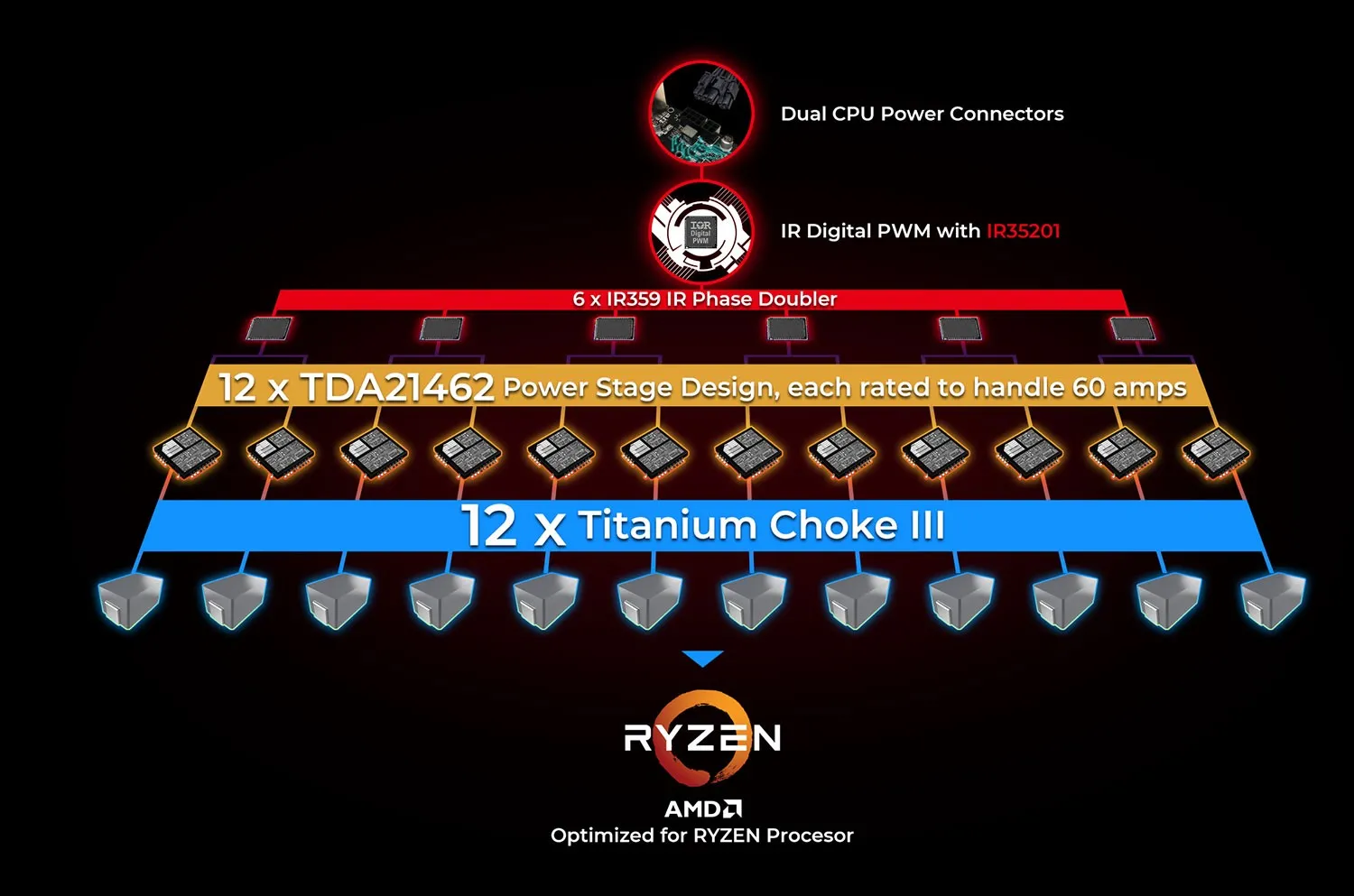
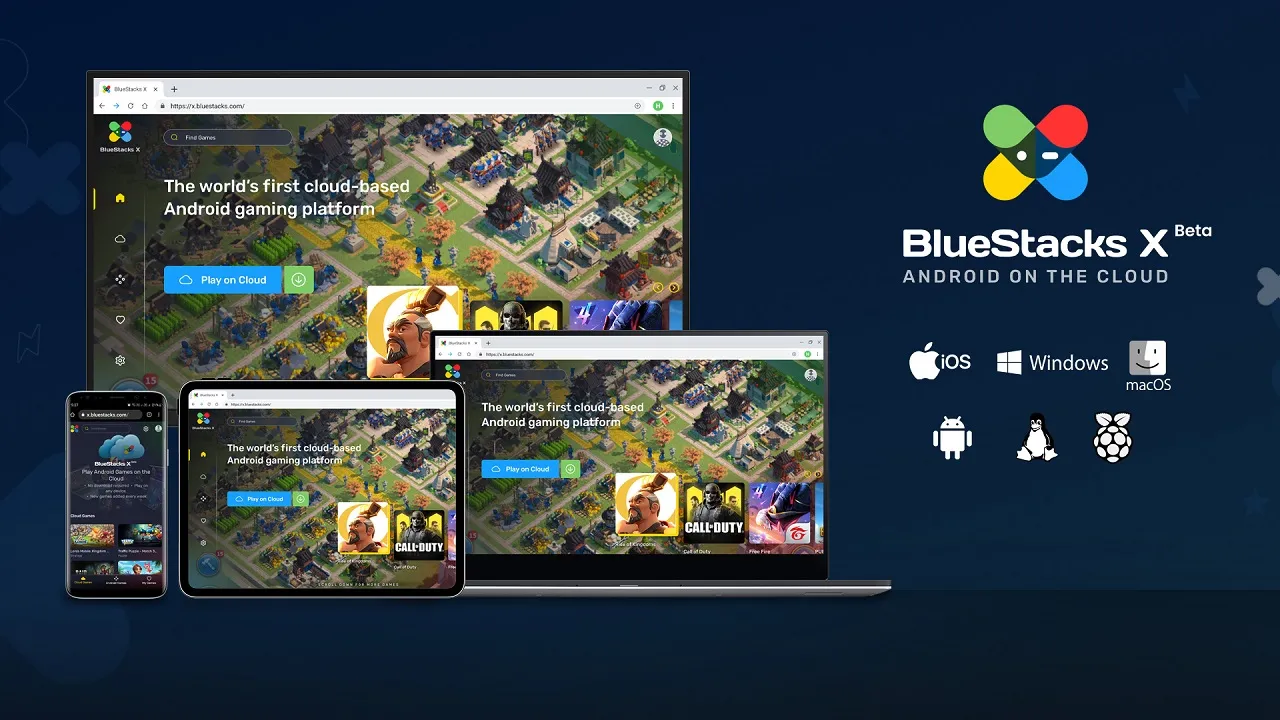

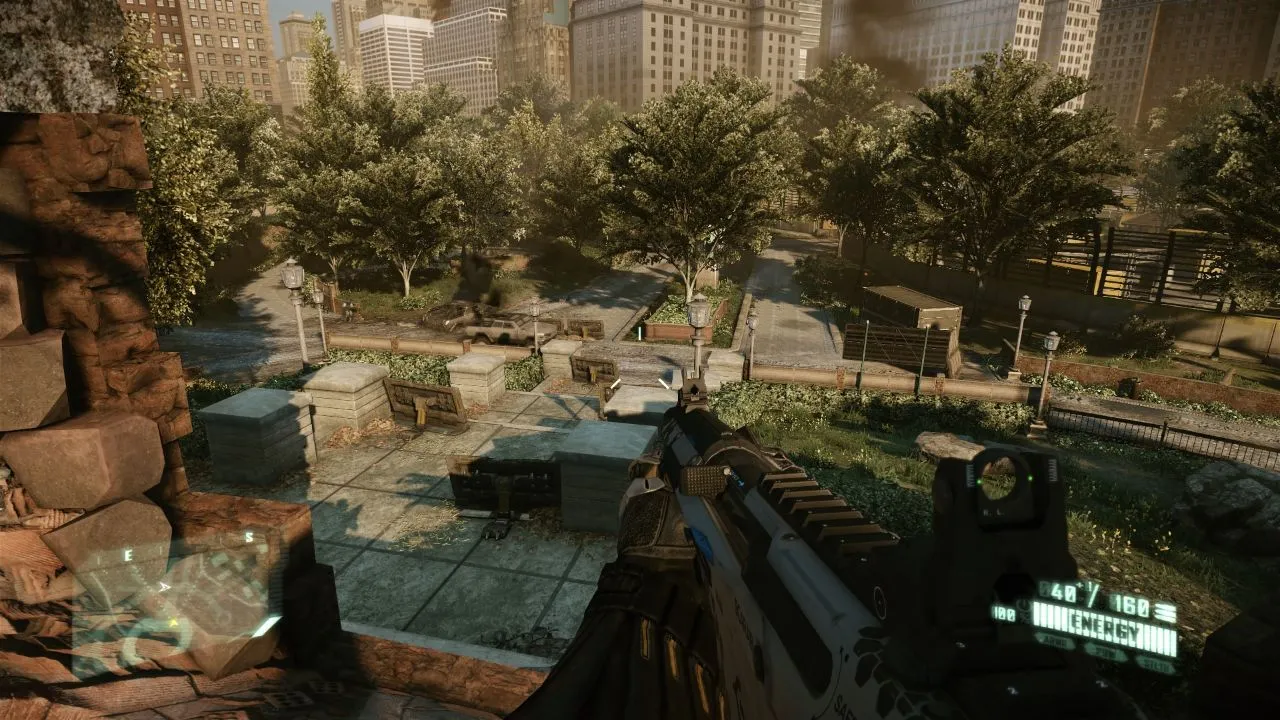
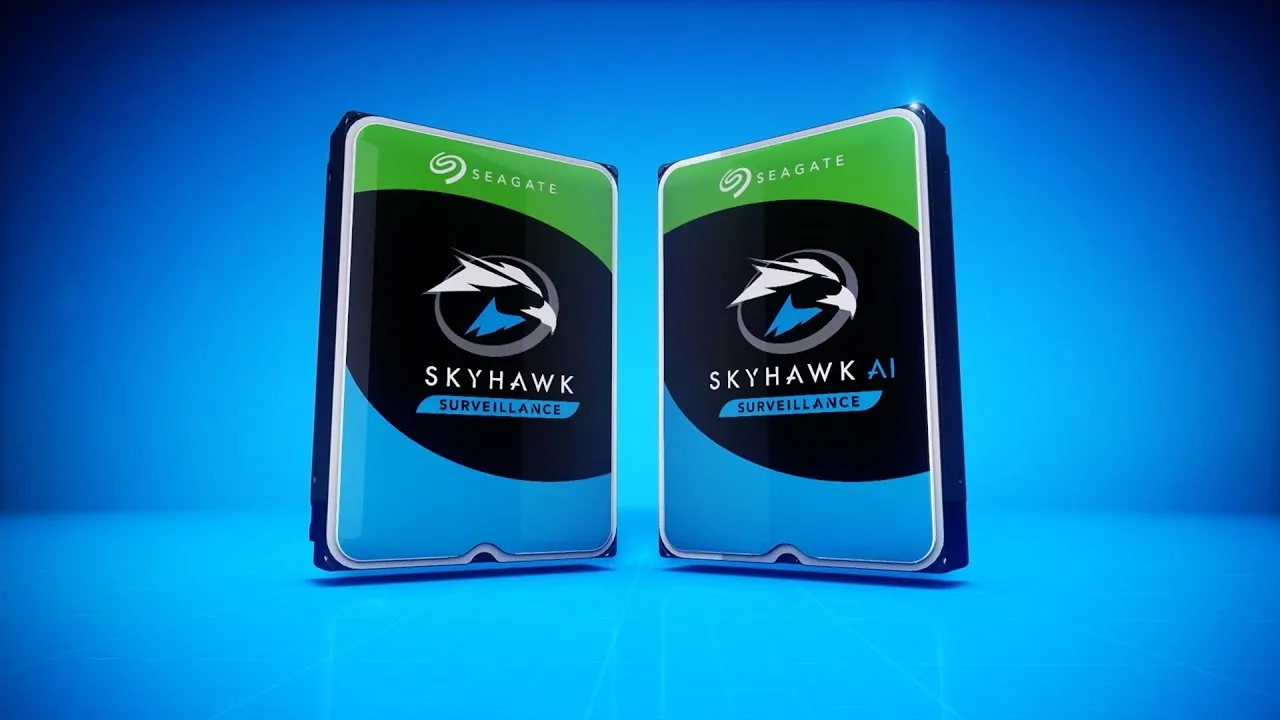
Comments (0)